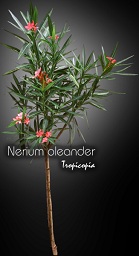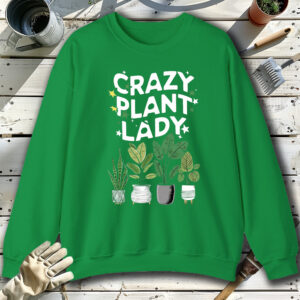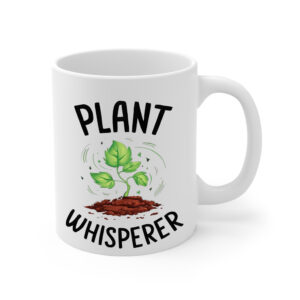Table of contents
Oleander

Latin Name: Nerium oleander
Category: Flower
Family: Apocynaceae
Origin: Mediterranean
Climate: Subtropical
Growing Zones: 11, 7
Care Instructions
The Oleander (Nerium oleander) is a subtropical plant that originates from Mediterranean. This flower plant belongs to the Apocynaceae family and is well-suited for growing in USDA zones 11, 7.
Complete Care Guide
Watering Requirements
Oleander (Nerium oleander) is a drought-tolerant plant that thrives in warm climates. When it comes to watering, it is essential to strike a balance. During the growing season, which typically spans from spring to early fall, water your oleander regularly, allowing the top inch of soil to dry out between waterings. This usually translates to watering once a week, but this can vary based on your local climate and soil conditions. In the hotter months, you may need to increase the frequency, while in cooler months, reduce watering significantly. Overwatering can lead to root rot, so always ensure that the pot or garden bed has good drainage. In winter, when the plant is dormant, you can cut back on watering to once every two to three weeks, depending on the humidity and temperature.
Light Conditions
Oleander flourishes in full sun, requiring at least 6 to 8 hours of direct sunlight each day for optimal growth and blooming. It is best suited for warm, sunny locations, making it an excellent choice for gardens in USDA hardiness zones 8 to 10. If you are growing oleander in a pot, place it in a south-facing location to maximize sunlight exposure. While oleander can tolerate partial shade, insufficient light can lead to leggy growth and fewer flowers. If you notice your plant stretching towards the light or producing fewer blooms, consider relocating it to a sunnier spot. Be cautious of extreme heat; in particularly hot climates, some afternoon shade can help prevent leaf scorch.
Soil Preferences
Oleander prefers well-draining soil that is rich in organic matter. A sandy loam or a mix of potting soil with perlite or sand works well to ensure proper drainage. The ideal pH range for oleander is between 6.0 and 7.0, which is slightly acidic to neutral. If planting in the ground, amend the soil with compost to improve its structure and nutrient content. Fertilization is beneficial during the growing season; use a balanced, slow-release fertilizer every 4 to 6 weeks to promote healthy growth and abundant flowering. Be cautious not to over-fertilize, as this can lead to excessive foliage growth at the expense of blooms.
Pests and Diseases
While oleander is relatively resistant to pests and diseases, it can still be affected by a few common issues. Aphids, spider mites, and whiteflies are the most frequent pests that may invade your plant. Regularly inspect the undersides of leaves and stems for signs of these pests. If you notice an infestation, treat it promptly with insecticidal soap or neem oil, ensuring to cover all plant surfaces. Oleander can also be susceptible to fungal diseases, particularly in humid conditions. To prevent issues like powdery mildew, ensure good air circulation around the plant and avoid overhead watering. If you notice any signs of disease, such as discolored leaves or wilting, remove affected parts immediately and apply a suitable fungicide if necessary.
Special Care Tips
Oleander is a hardy plant, but a few special care tips can enhance its growth and flowering. First, regular pruning is essential to maintain its shape and encourage bushier growth. Prune in late winter or early spring before new growth begins, removing any dead or damaged branches and shaping the plant as desired. Additionally, oleander is toxic if ingested, so if you have pets or small children, consider planting it in an area that is out of reach. Mulching around the base of the plant can help retain moisture and suppress weeds, but be sure to keep mulch away from the stem to prevent rot. Lastly, if you live in a colder climate, consider bringing potted oleander indoors during winter or providing protection against frost to ensure its survival.








